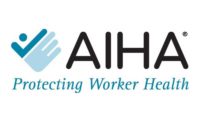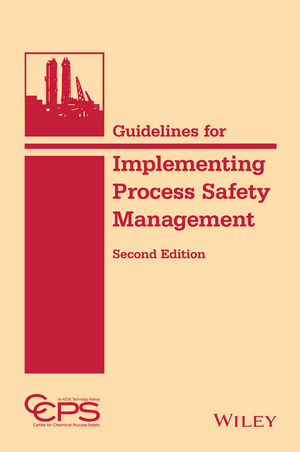Guidelines to help improve workplace health and wellness

 ”Often, the indirect costs of illness and injury that burden businesses are several times higher than direct medical costs,” said Nancy Petersen, senior marketing manager, Cintas. “By understanding the measures that keep individuals safe and in good physical shape, employers can improve the safety of their workplaces, promote long-term health and maintain productivity.”
”Often, the indirect costs of illness and injury that burden businesses are several times higher than direct medical costs,” said Nancy Petersen, senior marketing manager, Cintas. “By understanding the measures that keep individuals safe and in good physical shape, employers can improve the safety of their workplaces, promote long-term health and maintain productivity.”
Cintas’ top tips for workplace safety include:
1. Provide basic first aid products and education: Teaching employees the purpose and application of simple first aid supplies ensures that help can be quickly administered during an emergency. To maximize safety, keep a first aid kit or cabinet visible, easily accessible and fully stocked with a variety of products.
2. Encourage workers to stay home when sick: Communicable diseases such as influenza and strep infections can easily spread from employee to employee through physical contact or proximity. “Presenteeism,” which occurs when a person knowingly comes to work while sick, leads to reduced productivity and puts others’ health at risk. Encourage employees to take a sick day or work from home if they are contagious or feeling under the weather.
3. Make appropriate safety gear available: According to OSHA, employers must offer personal protective equipment (PPE) when workplace hazards exist. Train employees about the importance and proper use of PPE, such as earmuffs and earplugs for reducing hearing loss due to noise exposure. Eyewear, gloves and helmets should be worn when working near machinery or sources of electricity.
4. Limit personal medications at work: Prohibit employees from bringing their own medications to work. Sharing medication increases the chance of an adverse reaction, drowsiness or slowed reflexes, even if the medication is over-the-counter. Instead, employers should keep individually packaged and properly labeled products for common ailments, such as pain and allergy relief, in a first aid cabinet.
5. Welcome feedback about safety concerns: The National Floor Safety Institute finds that slip and fall accidents account for more than one million hospital visits annually. Encourage workers to quickly report safety issues, such as a wet floor or equipment malfunctions, to a manager to prevent accidents and keep employees in the workplace.
6. Offer AED and CPR training: Sudden cardiac arrest (SCA) claims more than 400,000 lives annually and almost always strikes outside of a hospital. To help prepare your staff for a potentially life-saving response in the event of a SCA incident, employers should have at least one automated external defibrillator (AED) onsite and train employees on CPR, First Aid and AEDs. In larger facilities where multiple AEDs are needed, strategically place units so rescuers can get to the unit and back within less than three minutes.
7. Implement a health program: According to the CDC, obesity and related chronic diseases cause employees to miss more days of work than employees in good physical shape. These conditions also result in costly medical expenses. To help promote employee wellness, boost productivity and lower insurance premiums, employers should form a health program that engages and educates staff about ways to stay active and healthy.
”Employers that proactively encourage safety and health have the potential to significantly reduce injuries and illness,” added Petersen. “Healthier workers will be more engaged and productive while also causing fewer accidents, which is a win-win for the entire organization.”
For more information on Cintas’ first-aid and safety programs, please visit www.cintasfirstaid.com.
Looking for a reprint of this article?
From high-res PDFs to custom plaques, order your copy today!






